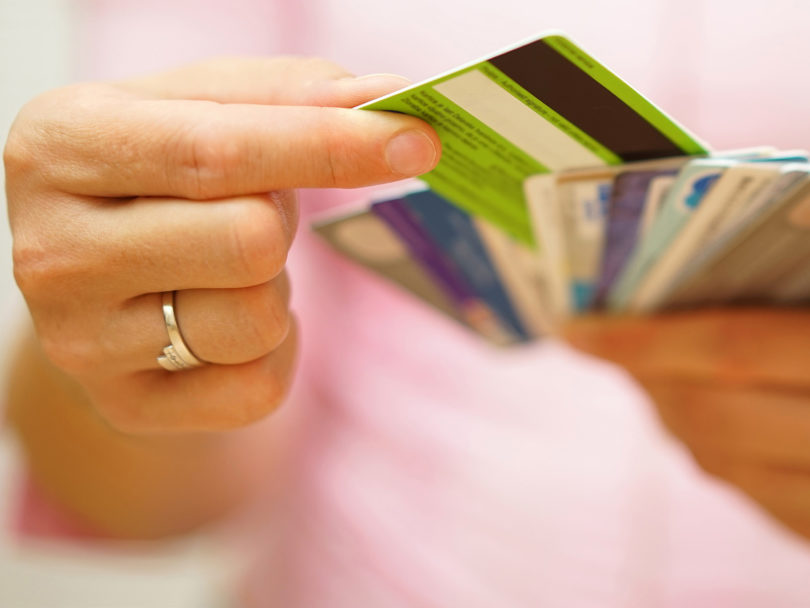Summer is a time when many families find that they are spending more on camps, trips to the pool, eating out and vacations and either build up debt on the credit card or add to existing debt.
I’ve met people who describe credit card debt as an “albatross” around their neck.
According to Northwestern Mutual’s 2017 Planning & Progress Study, nearly half of Americans (47 percent) are carrying at least $25,000 in debt, with average debt of $37,000, excluding mortgage payments. Notably, more than 1 in 10 say their debt exceeds a staggering $100,000!
When you have a plan to manage debt, build wealth and protect your finances from the unexpected, you can live life differently and with more confidence. Summer is the perfect time to take stock and make changes that will lead to a healthier bottom line. I feel confident that if you are able to take the steps below, your relationship with spending and consumer debt will improve. And remember, it’s not how much you earn, but how much you spend that matters.
SIX STEPS TO GET STARTED MANAGING CREDIT CARD DEBT:
- Set a budget. Make sure the budget you create accounts for fixed and flexible expenses, as well as contributions to goals like an emergency fund, retirement and paying off debt so that you aren’t spending more than what you’re bringing in each month. Smart budgeting is key to getting spending under control and paying down credit card balances. Use “cash only” to pay for the flexible spending portion of your budget, including entertainment, groceries, clothing, travel, etc.
- Avoid late fees. Always pay your bills on time. Set a calendar reminder if you have to, or you may end up tacking penalty payments onto your existing balance.
- Ask for a lower annual percentage rate. If you think a stellar credit score or a strong history of making on-time payments warrants a lower rate than the one you’re getting, call your credit card company to see if they can put a better deal on the table. It never hurts to ask.
- Pay down credit cards with the highest interest rates first. If you’ve got balances on multiple cards, focus on paying down the ones with the highest interest rates first. (That means paying more than the minimum due on those higher interest rate cards while continuing to pay the minimum on the lower interest rate cards.) However, if you have a small balance on a card that you can pay off in one or two months, you could pay that card off first if you think you need to give yourself a nice little motivational boost to tackle bigger debts.
- Stop using your credit card to pay for financial emergencies. Unexpected expenses like a broken headlight or chipped tooth are typically big-ticket items that can cause your credit card debt to rack up quickly. These types of emergency costs are best left for an emergency fund. Start with one month of income and slowly build up to 3-6 months.
- Find a partner to keep you on track. Whether a professional advisor, friend or family member, most people reach their goals best when they have a “coach” who helps hold them accountable and who also will celebrate with them when the goal has been reached.
Imagine how confident you are going to feel when you are able to change your behavior, get rid of your credit card debt and start building wealth for tomorrow.

